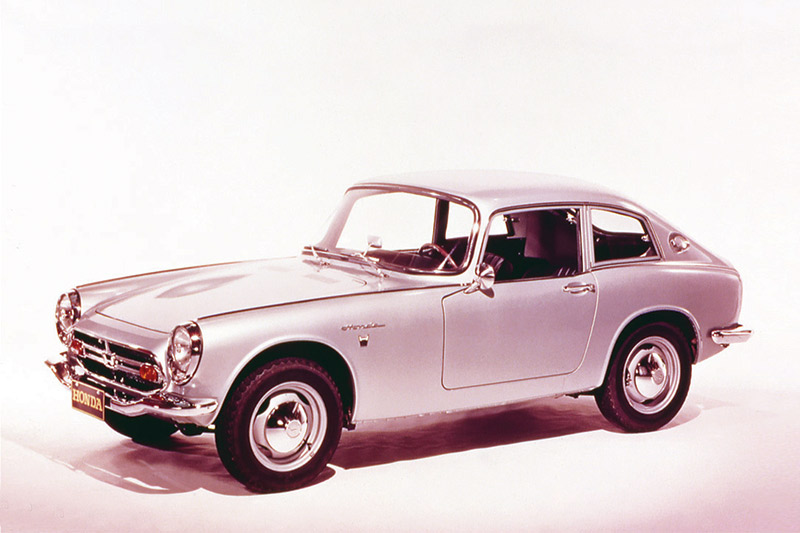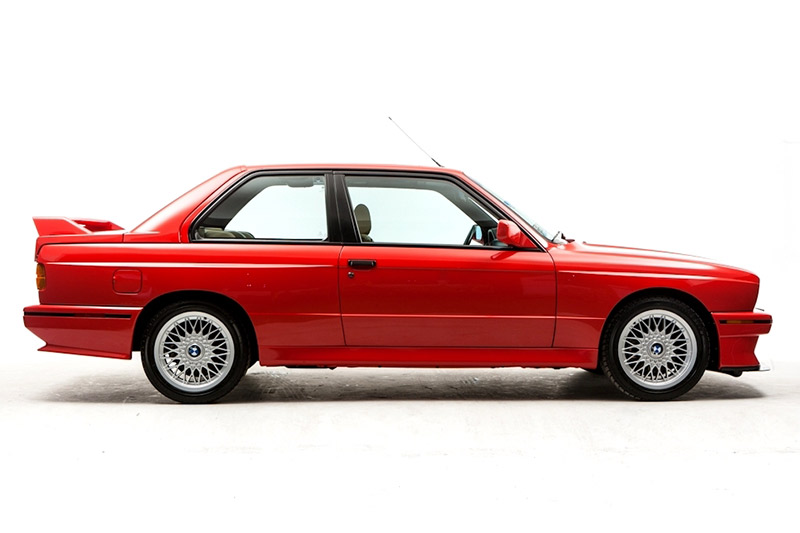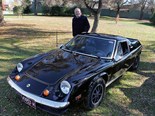Forty Years of Lotus Esprit



















|

|

|

|

|

|

|

|

|
Lotus' wonderful wedge, the Esprit, hits middle age
Lotus Esprit
It's one of the most iconic shapes of the 1970s. In a decade that brought us some stunning car designs, the origami folds, flat planes and bold proportioning of Giugiaro’s Lotus Esprit sits at the very top table.
Underneath, the Series 1 car was a hastily-developed lash-up, with abysmal quality control and unresolved dynamics. Colin Chapman's steel backbone idea was a typical of the man himself, an ingenious concept both in terms of rigidity rigidity and weight saving, but safety? Occupants were best minded to consider the fact that they were, in effect, sitting outside the chassis. There were other bold engineering flourishes, such as the independent rear suspension with the driveshafts acting as part of the suspension. It was a great idea in theory but owners reported premature wear.
When the Esprit arrived in UK dealers in July 1976, it was a huge step in ambition for Lotus. The £7979 price tag might have compared favourably with the £11,660 Ferrari 308 GT4 and the £11,500 Porsche 911 but it put the Norfolk company amongst a customer base with far higher expectations of finish and service than Chapman had been used to. Lotus claimed a top speed of 138mph and 0-60mph in 6.8sec, figures which Motor magazine didn’t match.
Perhaps the greatest achievement of the Esprit was not its underwater abilities or sheer longevity – the car enjoying a 28 year production run across four generations – but Lotus’ commitment to improve the vehicle. Slowly but surely, the Esprit morphed from a show car put cheaply into production to a car with solid engineering and sharp handling.
The Peter Stevens-bodied cars marked a step change for Lotus in terms of finish and reliability, and it was these and the later Julian Thompson-styled cars that really saw the Esprit realise its potential, including such greats such as the GT3 and the Sport 350. Unfortunately, management changes at Lotus saw the pretty Donato Coco design for a new generation of Esprits get the axe, but it’s doubtful we’ve seen the last of a nameplate with such equity. The Esprit will return, but until then, let’s raise a glass to a forty year old that took its time, but eventually came good.
Here's three other anniversaries to celebrate this year:
There are thirty candles on the M3’s cake this year, spanning five generations, starting with four cylinder engines, two generations of sixes, up to a V8 and then back to six, this time with a blower. The debate as to which is the best runs and runs.
Honda S800

Launched back in 1966, the S800 celebrates its half century this year. For many markets it was the first ever Honda import, establishing a template for high revving engines, technical ingenuity and smart packaging that would come to define the brand.
The ‘Mustang-bred Falcon’ winged in half a century ago this year, scooping the Wheels Car of the Year award. The first V8 Falcon, the XR, was lauded for its Aussie-spec chassis, its disc brakes and general refinement. Keep 'em peeled for more from us on 50 years of Falcon V8s.
Unique Cars magazine Value Guides
Sell your car for free right here
Get your monthly fix of news, reviews and stories on the greatest cars and minds in the automotive world.
Subscribe



.jpg)









